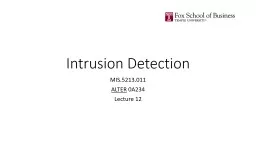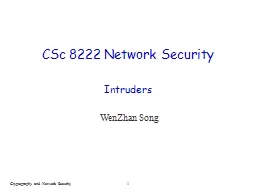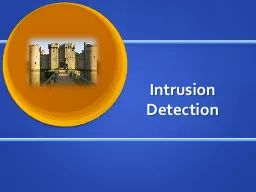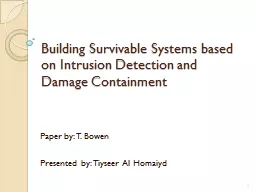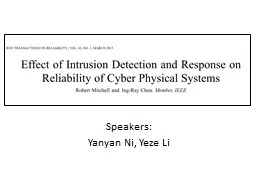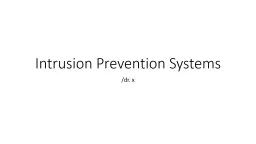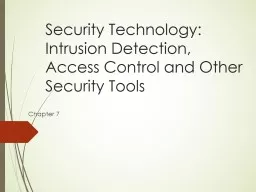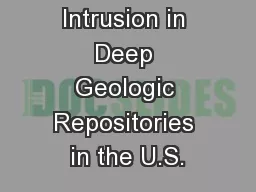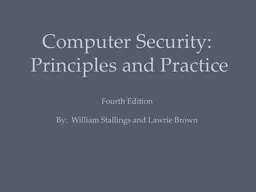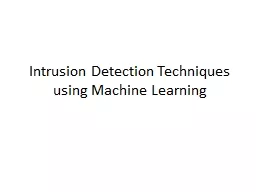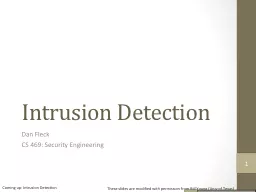PPT-Intrusion Detection MIS.5213.011
Author : lois-ondreau | Published Date : 2018-03-12
ALTER 0A234 Lecture 12 What is Computer amp Cyber Forensics Computer Cyber forensics is the practice of collecting analysing and reporting on digital data in
Presentation Embed Code
Download Presentation
Download Presentation The PPT/PDF document "Intrusion Detection MIS.5213.011" is the property of its rightful owner. Permission is granted to download and print the materials on this website for personal, non-commercial use only, and to display it on your personal computer provided you do not modify the materials and that you retain all copyright notices contained in the materials. By downloading content from our website, you accept the terms of this agreement.
Intrusion Detection MIS.5213.011: Transcript
Download Rules Of Document
"Intrusion Detection MIS.5213.011"The content belongs to its owner. You may download and print it for personal use, without modification, and keep all copyright notices. By downloading, you agree to these terms.
Related Documents

